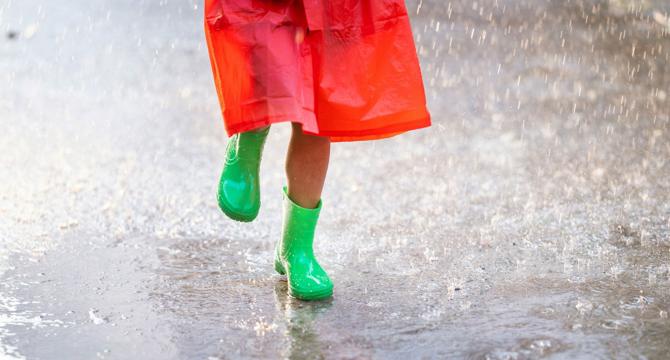Knowridge
3w
412

Image Credit: Knowridge
Walk or run in the rain? A physics-based approached to staying dry (or at least drier)
- Caught outside without an umbrella as the sky opens up is a common phenomenon, and rushing isn't always going to alleviate the problem of staying dry. A new scientific approach explains the physics behind this. Vertical surfaces like a person's body will be hit by more raindrops as the speed increases, as drops appear to fall at an angle. Walking faster means encountering more drops per second, and reducing time spent in the rain, thereby balancing the two effects. Walking faster reduces the overall amount of water collected on horizontal surfaces like head and shoulders, except when stationary.
- When standing still, rain only falls on the horizontal surface of the head and shoulders. As the walker moves, they'll receive raindrops that would have fallen in front, while now missing the drops that fall behind, creating a balance. The amount of rain received on the horizontal surfaces remains the same regardless of walking speed, but walking faster reduces the time spent in the rain, and ultimately the overall amount of water collected on horizontal surfaces will be less.
- A mathematical approach to this is also presented with ρ representing the number of drops per unit volume and a denoting their vertical velocity. While moving, the number of drops reaching the vertical surface which was zero when stationary is equal to the number of drops contained within a horizontal cylinder with a base area of Sv and a length of v.T. This length represents the horizontal distance the drops travel during this time interval. In total, the walker receives a number of drops given by the expression: ρ(Sh·a + Sv·v)T.
- The equation reveals two key pieces of information, firstly, the faster you move, the less water hits your head and shoulders. Secondly, the total amount of water hitting the vertical part of your body stays the same regardless of speed, because the shorter time spent in the rain is offset by encountering more raindrops per second. The author finally recommends that you walk faster and lean forward to try and remain dry.
Read Full Article
24 Likes
For uninterrupted reading, download the app